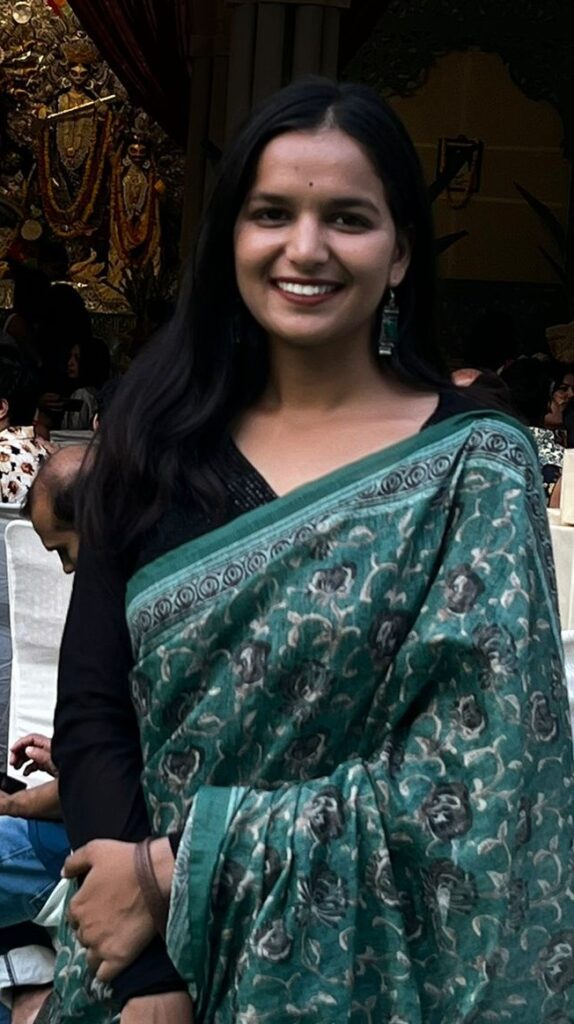
The tradition of Painting in Indian roots has been traced from the fresco Paintings of Ajanta, which presents a keen analysis of how art became a medium of communication and social awareness. In Indian tradition, one can encounter the emergence of distinctive artistic techniques, forms and styles with the changing era, patronage, geography and political power, the changing course of time has brought distinguish art forms that have marked painterly excellence such as Miniature painting, Pahari painting covering a wide range of secular and religious themes, these paintings consist of content, their visual narrative has a story to unfold.
With the advent of British rule in India, many British professional artists visited India. In England, people have started experiencing a new picturesque and sublime world, so when they came to a country like India everything became a subject of fascination. This sublime and picturesque environment encouraged them to paint every aspect. As Captain Mundy wrote; “We have here domes, minarets, fanciful architecture and a costume above all flaunting on colour, set off with weapons and formed, from the easy flow of its drapery, to adorn beauty and disguise deformity… Every hut, equipage, utensil and beast of India is picturesque.
Artists travelled from England to India, and in their country, there was a passion among the people to see India and its vividness equipped with flora and fauna. This Willingness opens the space where Indian subjects have entered into British art.Artists have brought with them an illusionist oil painting and naturalistic watercolours. These painters’ works, which have a European palette and style, are collectively referred to as “Company” paintings. In the early 19th century images were based on direct observation, have captured incredible flora and fauna, impressive ruins of ancient monuments, antiquities, religious festivals, various caste and their noble occupation reached England.

Gradually, this style of painting has evolved in some of the major cities in India. In South India, due to the Mysore wars(1767-99), British men and women arrived, In their spare time they filled their sketchbooks with exquisite scenes of their surroundings, In the pursuit of picturesque Britishers realised that Indian artists were enough capable to rendered these subjects, Indian artists are in a continuous attempt to fulfil the demands of new patron with the accurate depiction, to accomplish the need of new patrons Indian artist families such as Tanjore, Benaras, Delhi, Murshidabad, Patna, Calcutta and Lucknow have produced new sets of paintings which was the amalgamation of local interest with distinctive local styles to sold around British station.
This Era has witnessed a new wave of change in the manifestation and adaptation of art, and art history, At this point these changes are a significant instance to understand that, if the changes occur in cultural practices they will reflect in the societal way of living. Art history has a shared link with social, political, economic and historical background. Earlier Gouache was the medium, now watercolour has become prominent, As compared to the miniature painting now the colour palette is more muted, the vibrancy of the colour palette,lavish composition everything got replaced with simple background composition, here emphasis given to the main figural composition. These paintings exhibit an intriguing blending of Eastern sensuality with Western objectivity, are exceptional in both quality and subject matter and have significant aesthetic appeal. They also capture the atmosphere and expression of many situations. These paintings represent more subtle and specific understanding providing a visual pleasure as compared to the miniature painting where one has to rotate eye on minute details on different narratives with inticracy and affluence. Company school didn’t mark a decline of classical art but it added a new norm and rhythmic exuberant. Mildred Archer considers “Company painting as the last original contribution by Indian artist before the modern deluge”.

Srishti is a Graduate in history, pursuing Masters MA(History of Art) from Indian Institute of Heritage, Delhi. She handles Delhi Chapter of Karwaan heritage exploration.
She has worked as a Intern for Intach (HECS) department, as a volunteer for the Exhibition (Chitram Vastram) held at National Museum. She is working as a young professional fellow, with Earth Initiative, and a Research content creator for Kalabodh. Her research interest includes Jain Manuscript Painting, exploring the roots of art historical significance of Bundelkhand Region. She initiated heritage walk at Central Museum Indore and led walk of for Karwaan Heritage.

